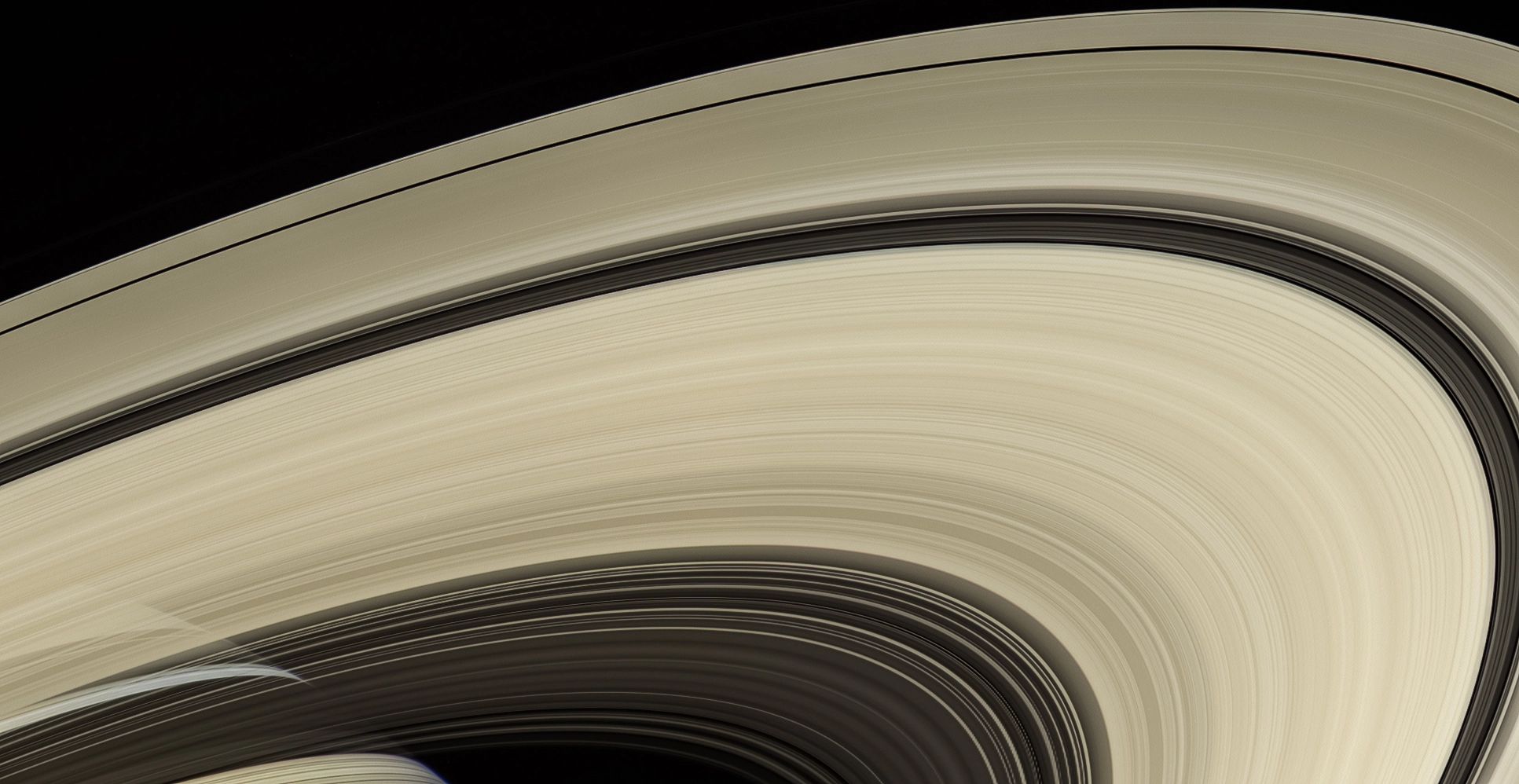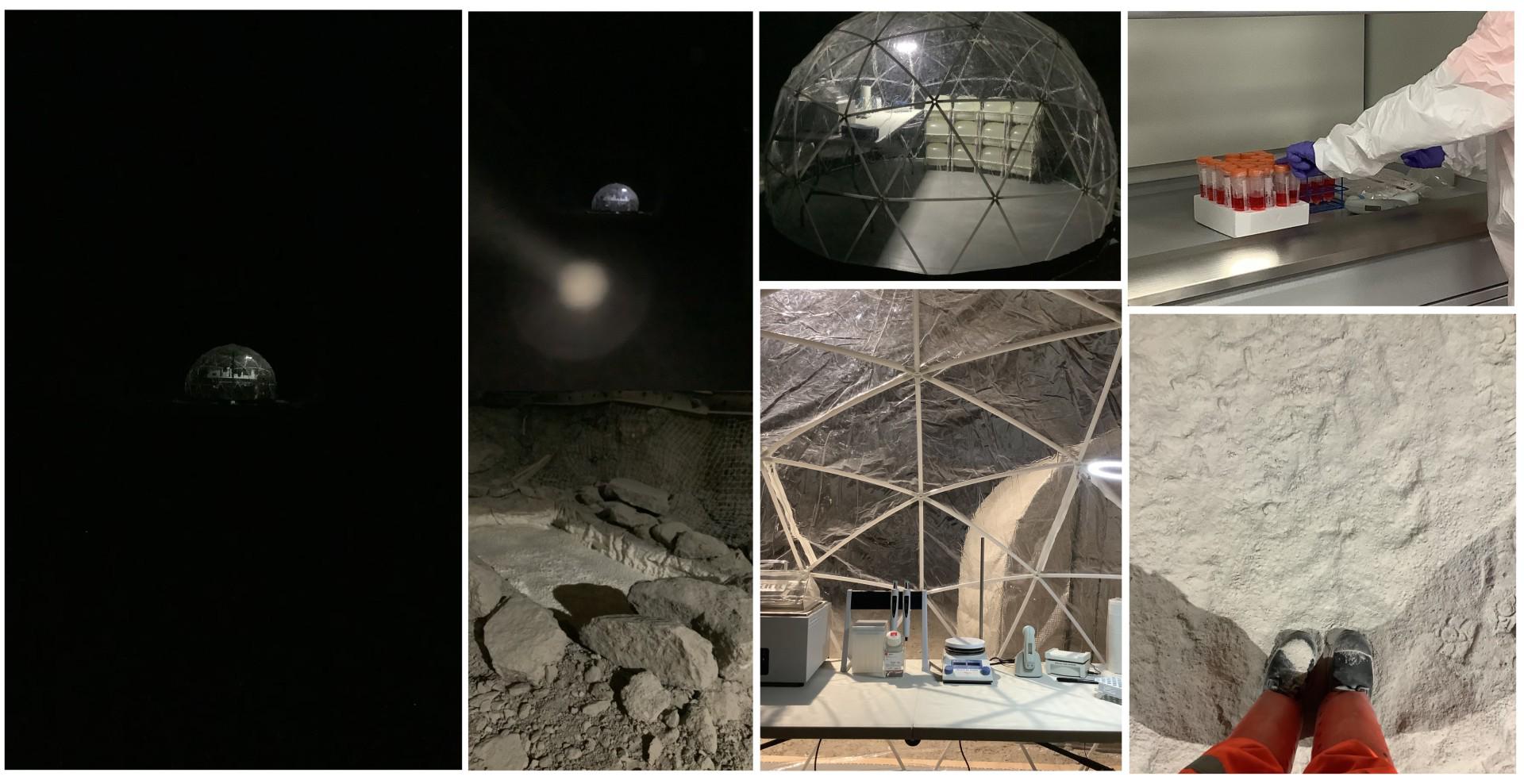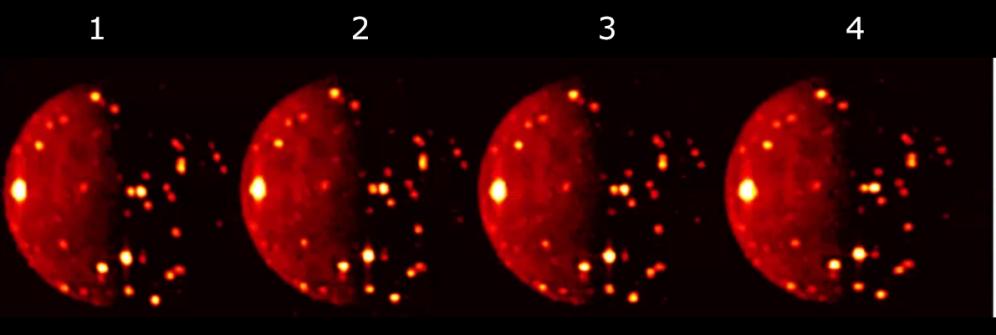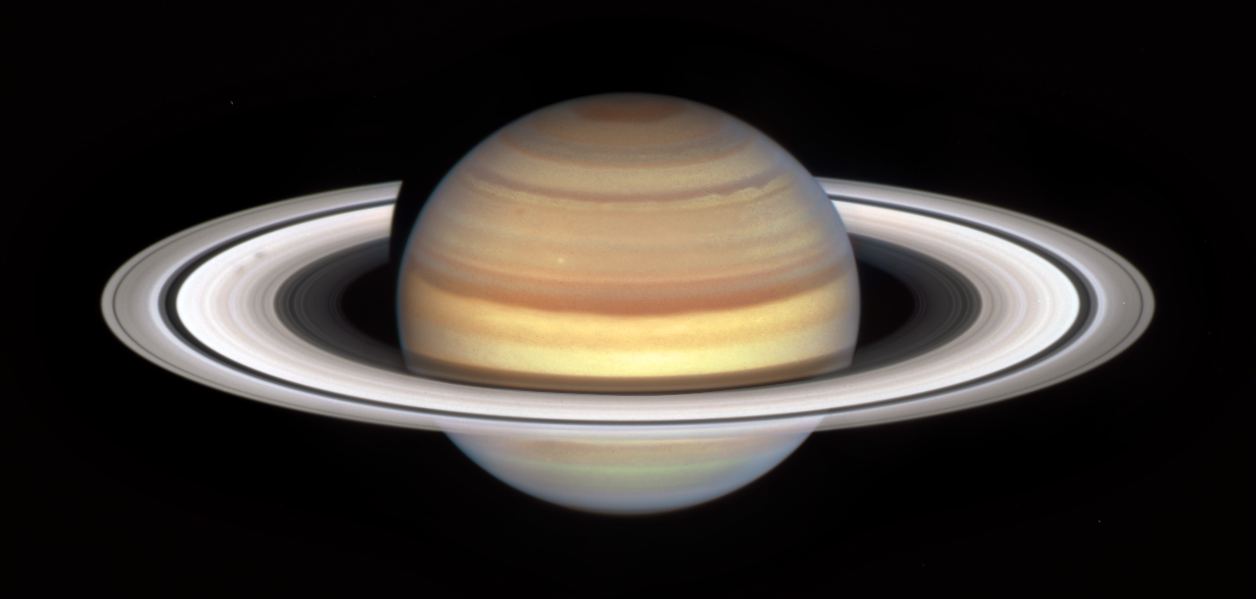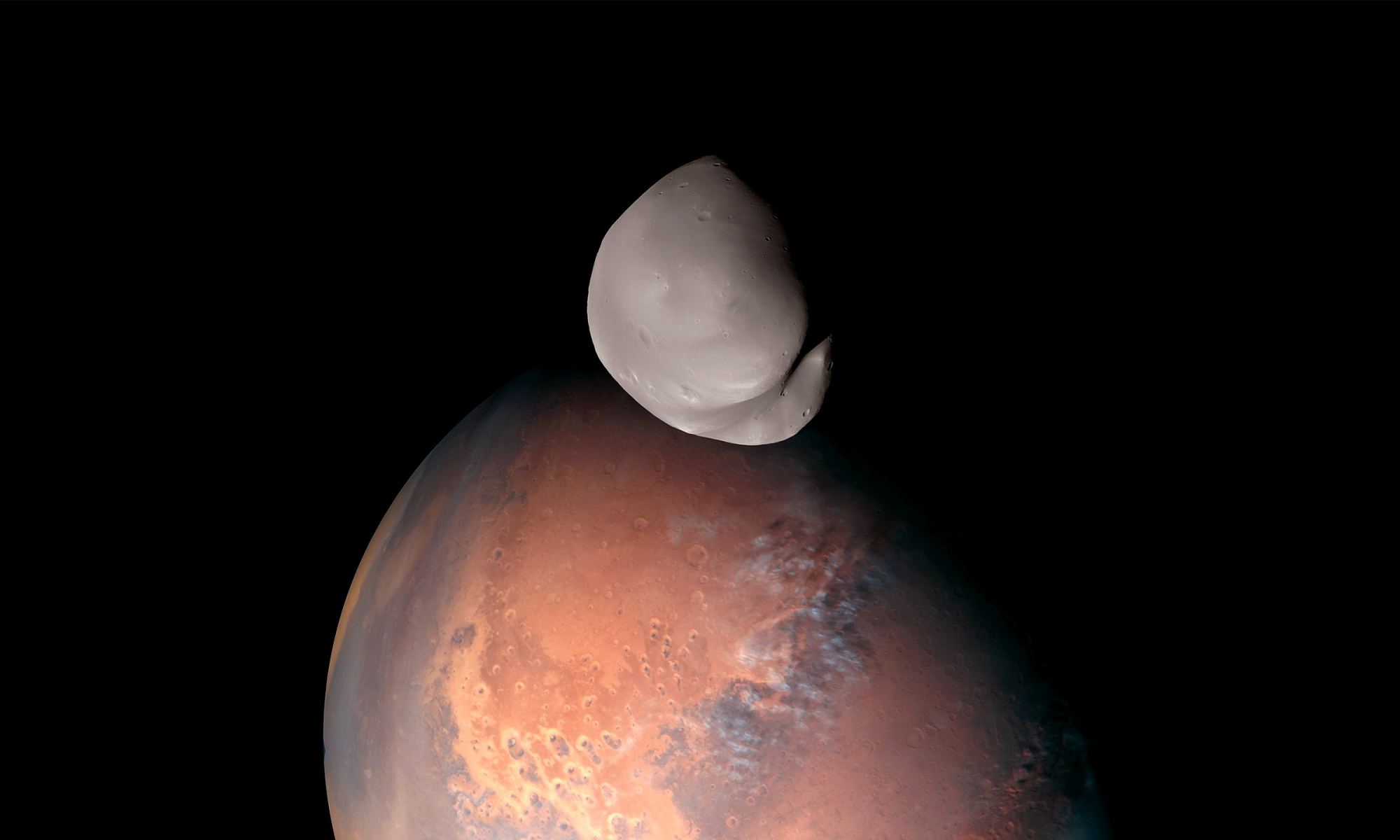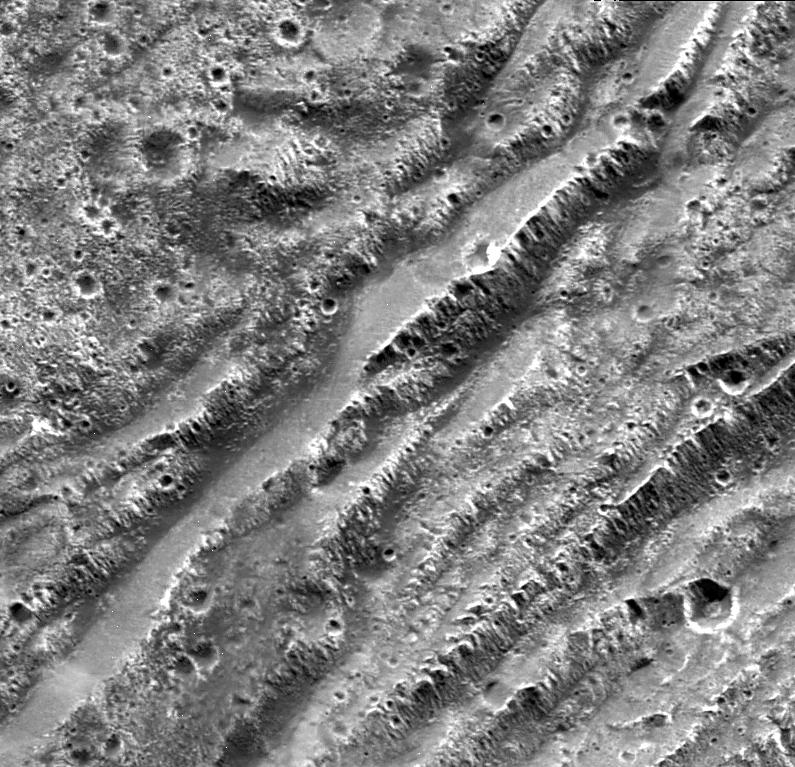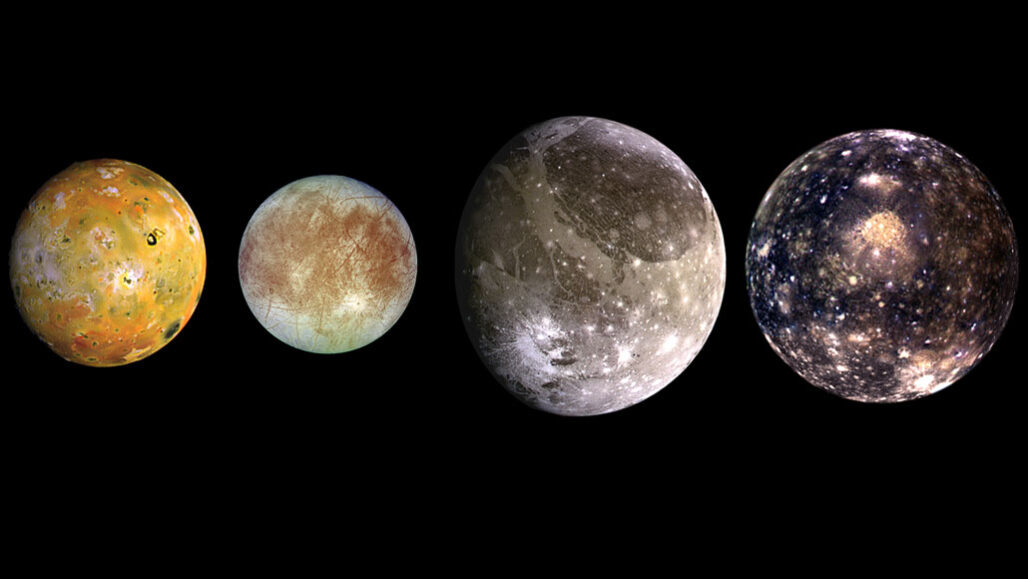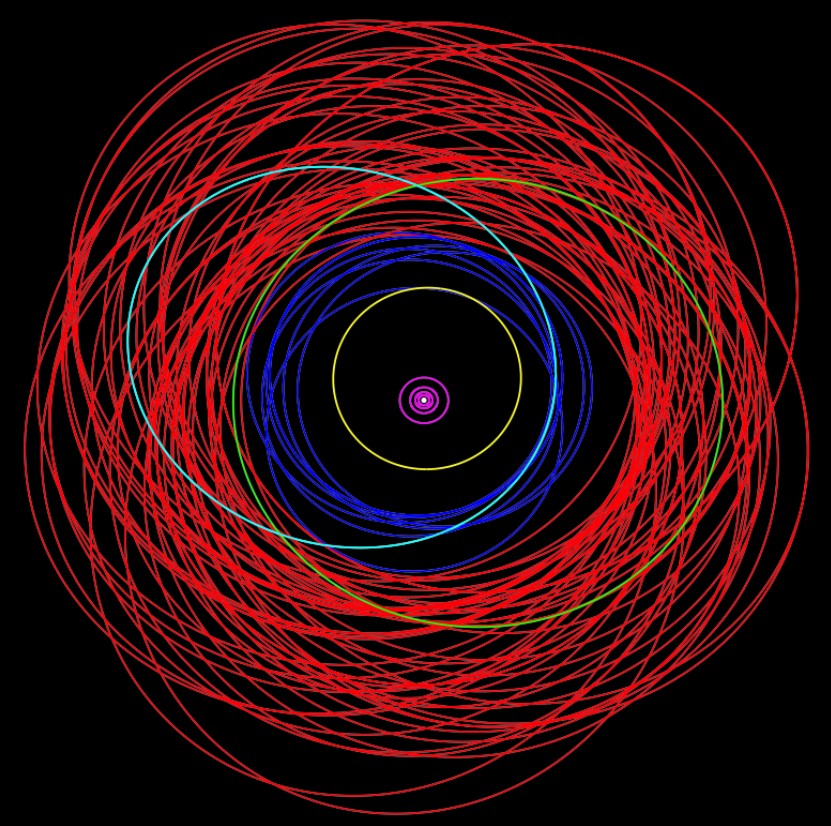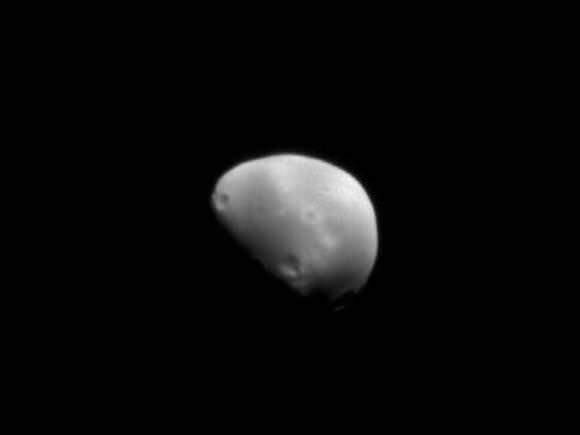If we could wind the clock back billions of years, we’d see our Solar System the way it used to be. Planetesimals and other rocky bodies were constantly colliding with each other, and new objects would coalesce out of the debris. Asteroids rained down on the planets and their moons. The gas giants were migrating and contributing to the chaos by destroying gravitational relationships and creating new ones. Even moons and moonlets would’ve been part of the cascade of collisions and impacts.
When nature crams enough objects into a small enough space, it breeds collisions. A new study says that’s what happened at Saturn and created the planet’s dramatic rings.
Continue reading “Colliding Moons Might Have Created Saturn’s Rings”
